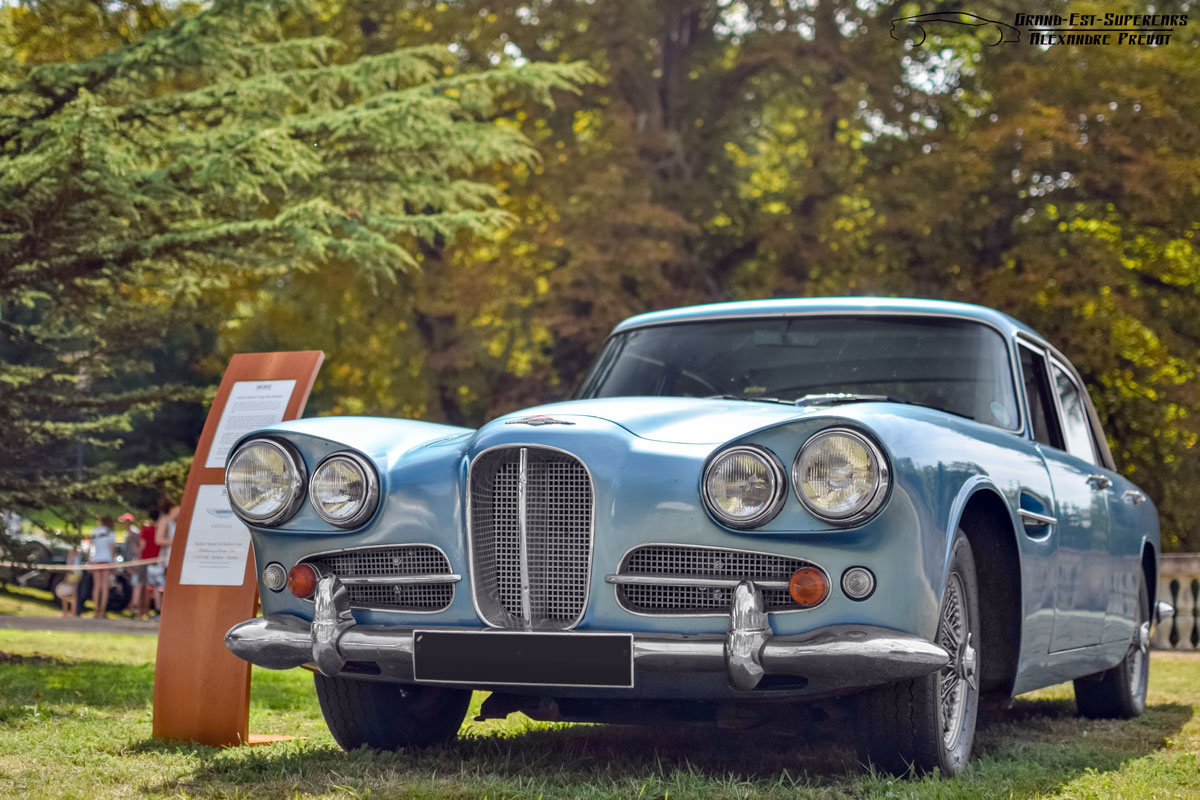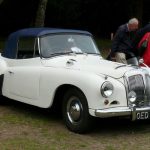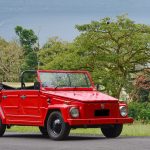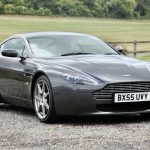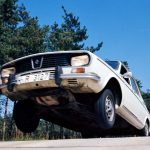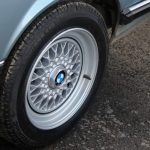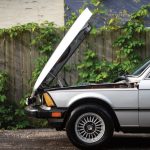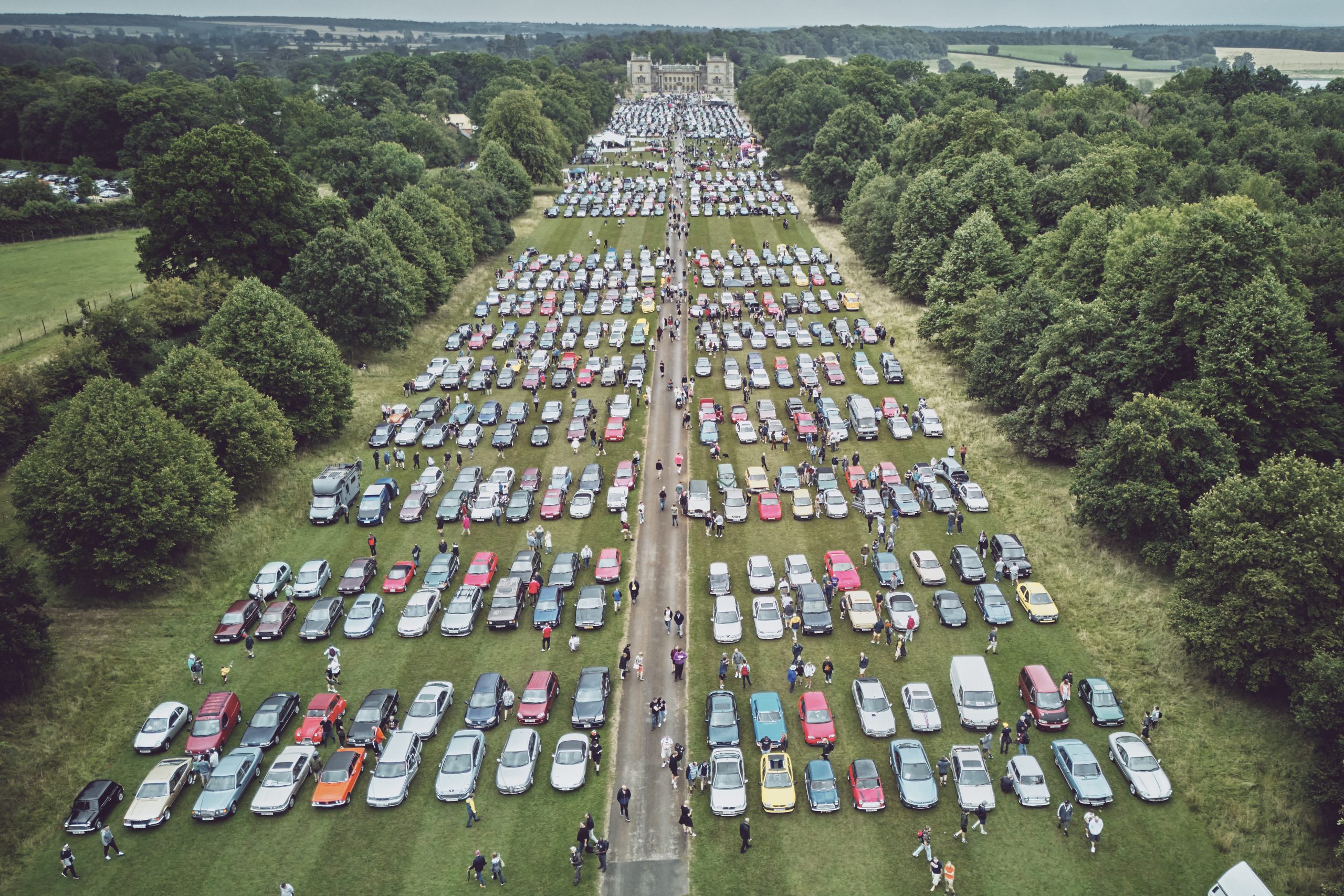Author: Richard Dredge
Photography: Wikimedia Commons
There can’t be many car enthusiasts who would turn down the chance to own an Aston Martin DB4, but would a saloon edition – with all of the extra usability that brings – be more appealing, or less? Of course high-performance sports cars aren’t meant to put an emphasis on anything as mundane as practicality, but there’s something incredibly cool about a supercar crossed with a saloon, and that’s exactly what the Lagonda Rapide was. It was a grand tourer with the emphasis on the grand. And the tourer for that matter.
In recent years Aston Martin has offered an array of saloons including the Rapide, Taraf, and the very wedgy Lagonda that arrived in 1976, and survived right the way through to 1990. With just 645 examples made that last one is an unusual car, but it’s nothing like as rare as the DBS Lagonda that came before, of which just seven were produced. And before that came the Lagonda Rapide, a glorious saloon that’s now all but forgotten.
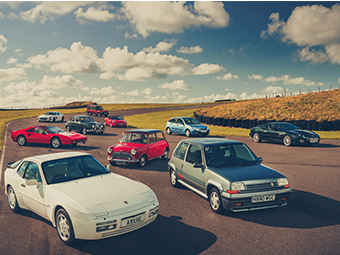
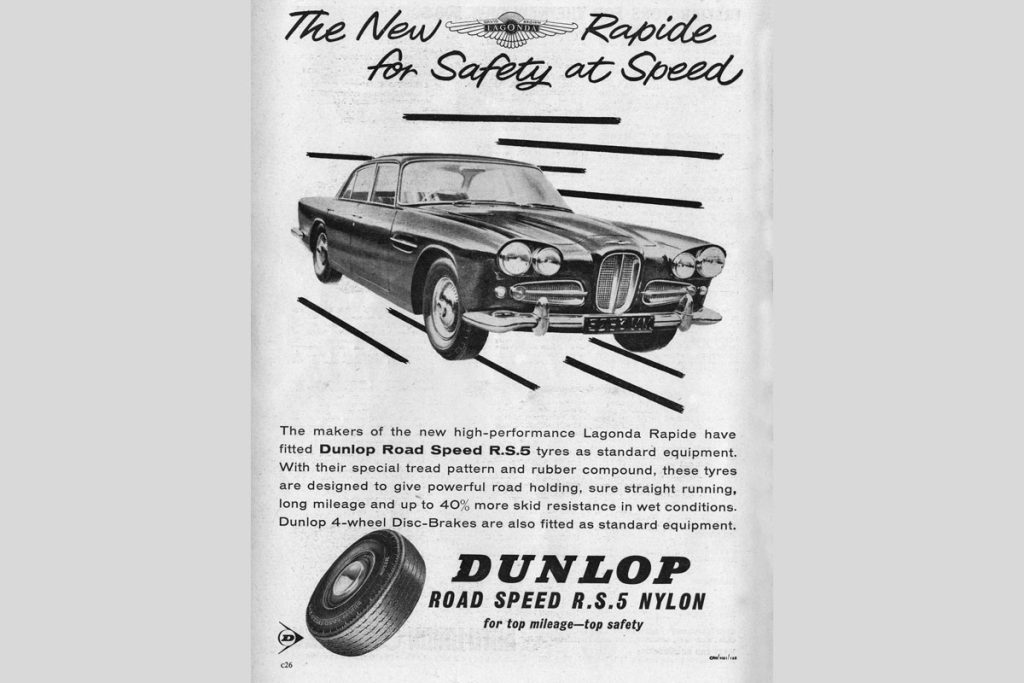
Founded in 1906, Lagonda was swallowed up by Aston Martin in 1947. The latter was owned by David Brown, who initially kept the two niche brands running alongside each other. Through the fifties Lagonda offered just one model (the 2.6-litre then the 3-Litre), but by 1958 these were dead. It looked as though the Lagonda brand had had its day.
However, just as the 3-Litre was being axed, the Aston Martin DB4 was being launched, and within months of that car’s debut, Brown came up with the idea of using the new sports car as the basis for a Lagonda revival, and specifically a luxurious and sporting saloon. But while the DB4 was proving a hit with buyers, its development had been rushed and warranty claims were a big headache for Aston, which was losing money hand over fist. Then among all this, Brown decided to develop a new sporting saloon, so he split his tiny team of engineers in two, one half to work on the new Lagonda and the other on the next Aston Martin (the DB5). The boffins were spread thinner than graphene, so it was never going to end well.
In theory the Lagonda Rapide was just a stretched DB4 with a pair of extra doors, but of course things were much more complicated than that. For starters the Rapide didn’t share a single outer panel with the DB4, and the straight-six engine was also fettled to displace 3995cc instead of the previous 3670cc (in readiness for the arrival of the DB5). The result of developing that 4.0-litre engine was more torque (now 265lb ft instead of 240), but a bit less power than before (236bhp instead of 240). Standard fare was a Borg Warner three-speed automatic gearbox, with a David Brown four-speed manual available as a special order, while there was a disc brake at each corner.
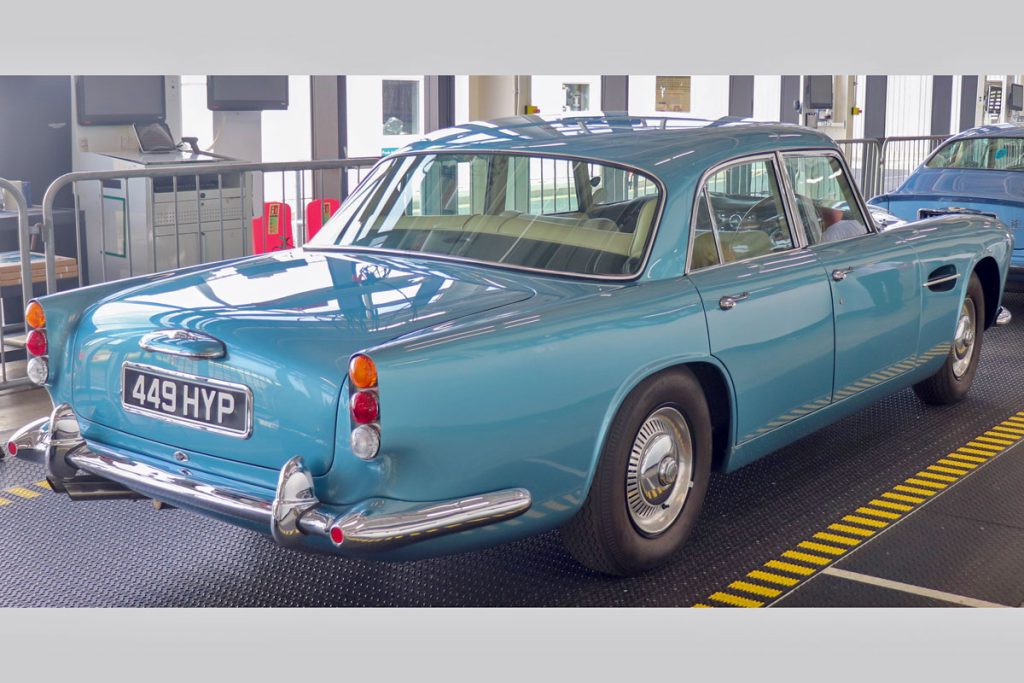
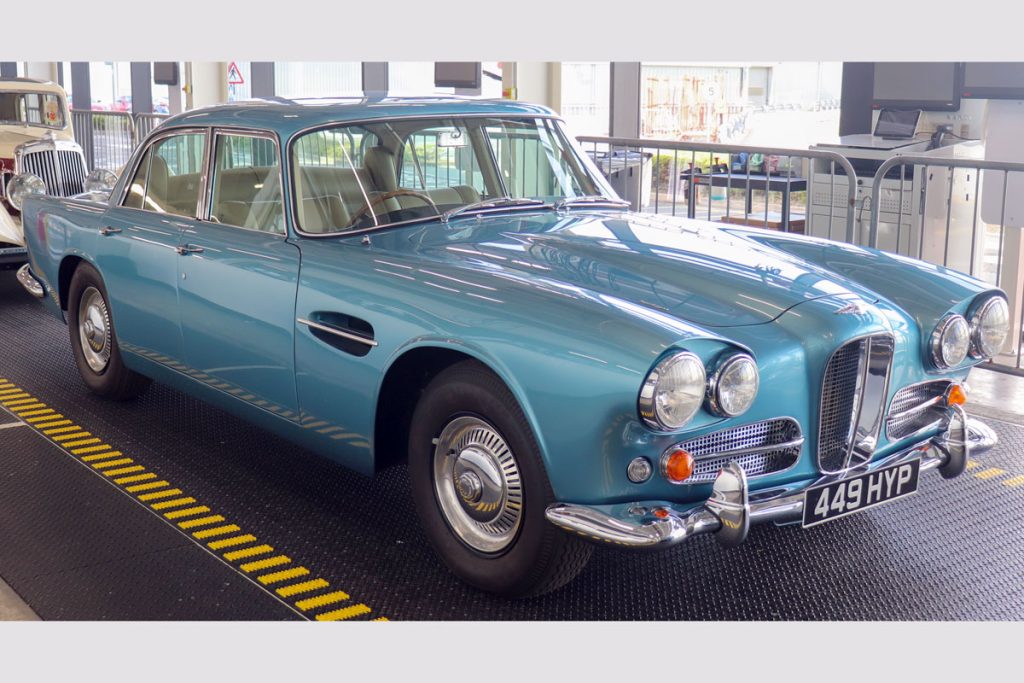
The front suspension was borrowed from the DB4, which meant there were wishbones, coil springs and an anti-roll bar. But the rear suspension was new and based on a pure racing configuration: it was a de Dion set-up sprung by transverse torsion bars to free up passenger space. Twin trailing radius arms located the de Dion tube at each end, with a Watt linkage providing transverse location. Telescopic dampers were fitted front and rear, which was a first for an Aston Martin road car, even if the Rapide was marketed as a Lagonda…
The Rapide’s styling was based on the Touring-designed Aston Martin DB4’s, but it was created in-house, and it was this aspect that would come in for the most criticism when the car was unveiled at the 1961 London motor show. While the profile was basically rather elegant, the nose was seen as hideously ungainly. The bodywork followed Touring’s Superleggera method of lightweight construction, which meant there were magnesium-alloy panels draped over a lattice of steel tubing. It was a very labour-intensive (and therefore expensive) method of construction, and essentially the Lagonda Rapide was a distraction that Aston Martin didn’t need, because the DB4 was selling so well.
Even the company’s general manager John Wyer called the Rapide “an extremely bad car”, and when the guy running the company feels so strongly against its products, you just know you’re better off steering clear! He knew that the Rapide would suffer from a lack of development time because the programme was rushed, and while that nose design was the most controversial aspect, what really made it hard for Lagonda to find buyers for the Rapide, was the sticker price.
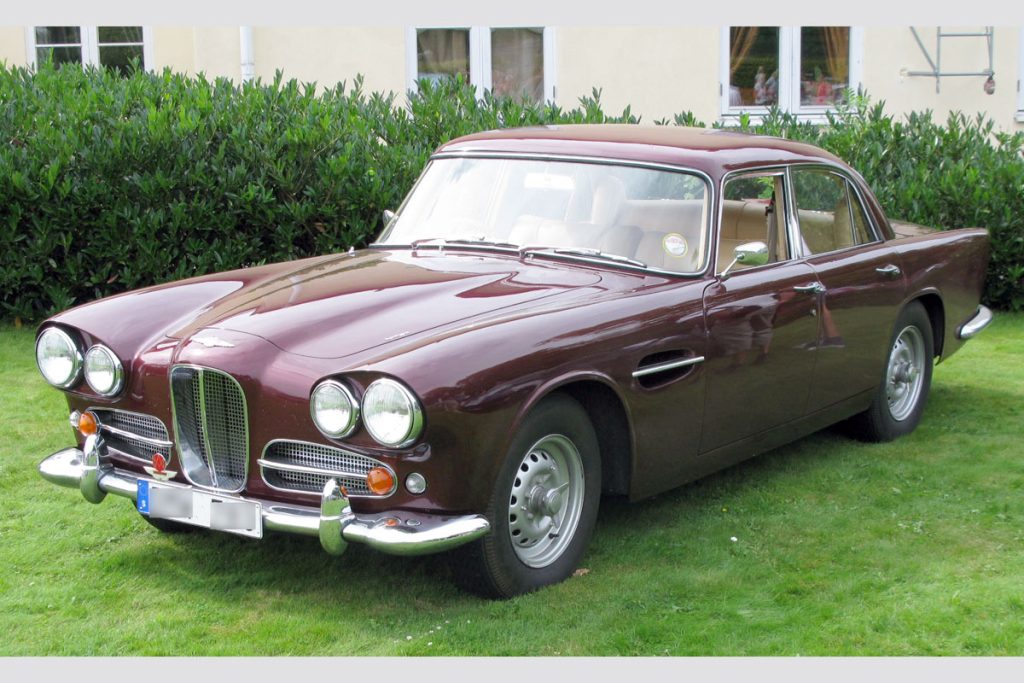
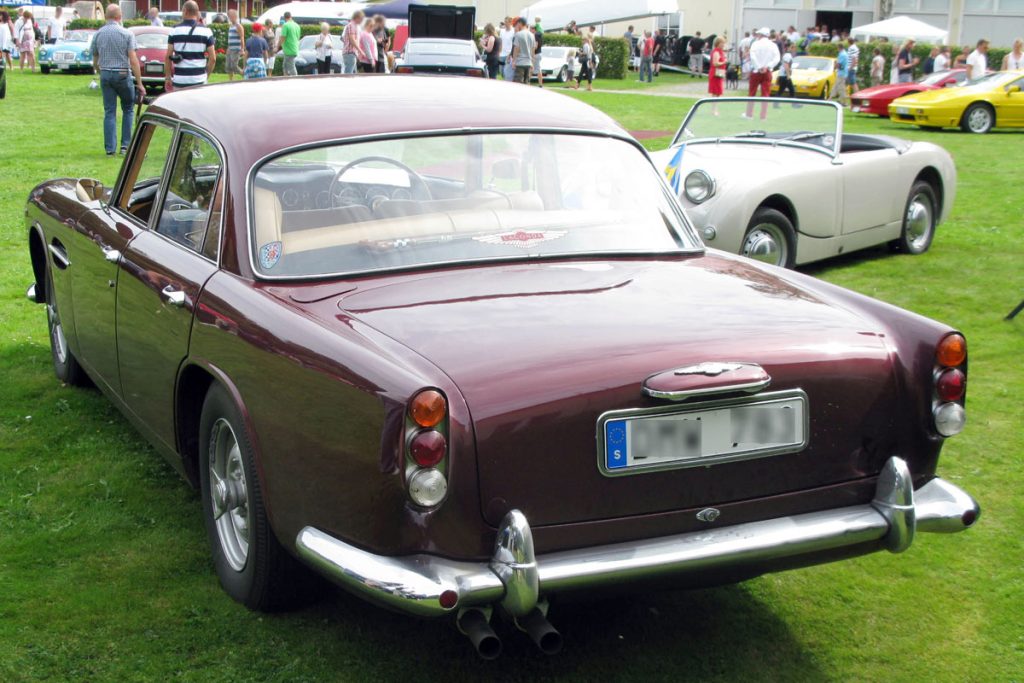
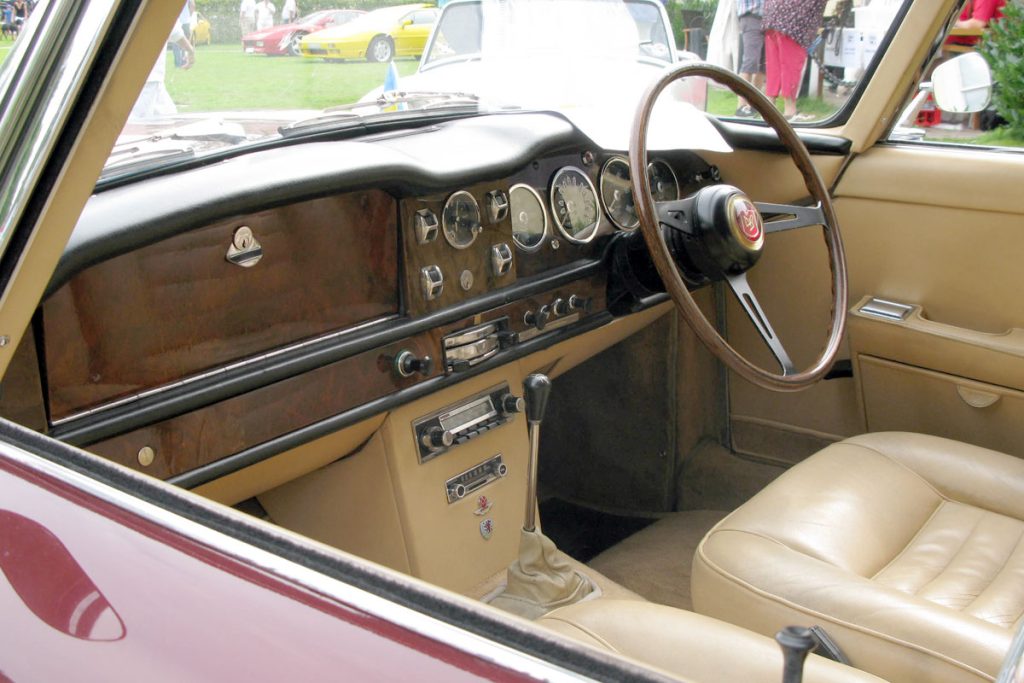
At £5251 the Rapide cost £450 more than a pair of Jaguar MkXs, but then the Lagonda was intended to be built on a far more bespoke basis. Brown’s aim was that no two Rapides would be the same, but that just meant it took much longer to build each one; in the same time that it took to make a Rapide, Aston Martin could produce three DB4s. Even then the build quality was poor, and as if that wasn’t enough, the kerb weight was 3780lb, which was 25% more than a DB4. As a result the performance was on the leisurely side for an Aston Martin, which claimed a top speed of 125mph, while 0-60mph was reckoned to take about nine seconds. Not slow for the day, but hardly scintillating for such a costly car.
In 1964 Brown had to admit defeat, after just 55 examples had been made; putting the Rapide out to grass meant axing the Lagonda marque too. Of those 55 cars, five were left-hand drive and eight had a manual gearbox. Many of the Rapides made were sold to friends and associates of David Brown, and when the Cartier family ordered theirs, they opted for gold fittings and mink trim. Nice. Another car was built for racing, with an uprated engine, five-speed ZF gearbox and Borrani wire wheels. It proved successful in circuit racing, hillclimbs and sprints, but a DB4 GT would have no doubt been even more successful.
So far we’ve seen two Aston Martin Lagonda saloons since the demise of the Rapide (the DBS and wedge, as mentioned earlier) and there was the threat of a Lagonda SUV, which was unveiled at the 2009 Geneva motor show. Powered by a naturally aspirated V12 engine, the introduction of this would have seen the Lagonda brand relaunched. But there would be no Lagonda revival and as a result the Lagonda Rapide of more than 60 years ago was its last model. Now the marque is all but forgotten; will it ever return?
Protect your classic car
Keep your classic on the road with expert classic car insurance built by car lovers, for car lovers. Rated ‘Excellent’ on TrustPilot.
Read more:
Bargain Bond Baddie Cars for Under £20k
The Rolls-Royce Without a Role: The Corniche V
A Potted History of Military Land Rovers
